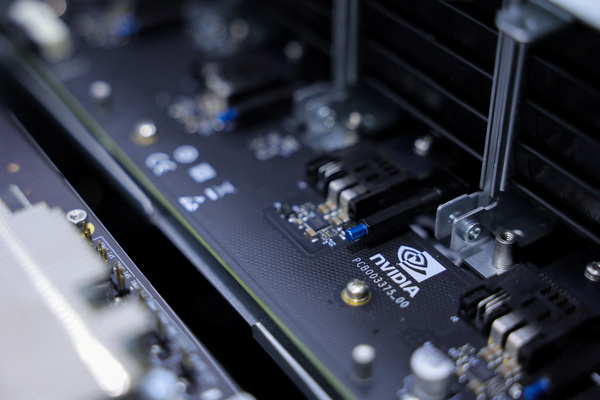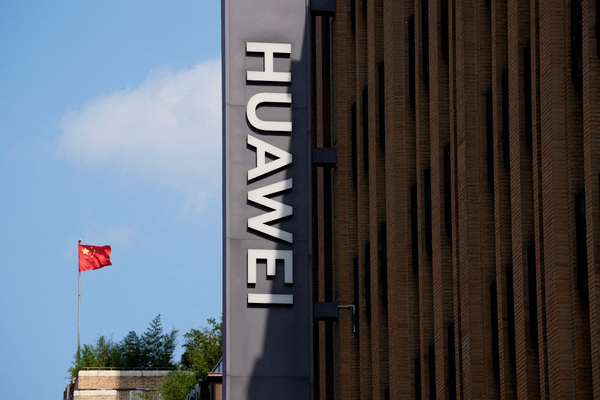It’s adapt or die in the AI era

Chris Harris at Couchbase describes the mindset that organisations will need to adopt in the new era of AI powered business
From real-time customer service chatbots, to new hyper personalised offerings for partners, or even the rapid iteration and production of new features to excite users – the rise of AI technology has enabled some organisations to adapt to new market and customer demands. But this is only true for organisations agile enough to make the most of the new technology.
Championing business agility is nothing new. Everything from customer satisfaction to operational performance can be improved with increased agility. However, in today’s digital world, agility can make the difference between outstripping the competition and falling short. Partly driven by AI itself – the expectations for faster, more personalised digital experiences have increased. Data shows over three-quarters (76 percent) of consumers are more likely to buy from an organisation that delivers tailored communications and offers.
Unfortunately, outdated IT systems with legacy applications are a barrier to achieving these experiences. These outdated systems weren’t designed with AI in mind, and organisations struggle to incorporate modern features and applications into their offering, leaving services slow and inaccurate.
To solve this, and to ensure that the projected $21 million average spend on AI technology this year is put to good use, many organisations are looking to the process of application modernisation to update internal architecture and features.
Evolving expectations
Modernising applications is crucial for improving speed, flexibility, and scale. It’s the process of updating older software by enhancing its internal workings and features, as well as the systems it runs on. This can be done by refining existing code, moving to a more suitable platform, or even rebuilding the application from the ground up.
By modernising, businesses can better meet users’ evolving expectations. Updated applications can quickly incorporate new features, using current technologies like AI, cloud computing, and microservices. This approach also makes apps more robust, helping businesses handle sudden increases in demand.
Free from the constraints of outdated systems, organisations can respond more swiftly to market trends, such as the current surge in AI adoption. Many companies are looking to AI to automate routine tasks and boost efficiency – something that can be challenging to achieve with older applications.
The process of modernisation can also alleviate ongoing challenges that developers face, which is crucial to achieving ongoing innovation. Simply put – working with legacy systems is difficult for developers. With the adoption of newer tools and better techniques, the challenges associated with manually managing legacy systems become easier to overcome. Almost three-quarters (73 percent) of IT leaders recently cited adoption of AI tools as a way to help developers work more efficiently, and create new AI applications faster in the future.
It’s not always plain sailing
The path to modernisation isn’t without its challenges. The process can be complex, requiring careful assessment and planning. Enterprises must start by evaluating existing legacy applications for business benefits, risk factors, and dependencies. Proper planning is key to ensuring modernisation is done correctly the first time around, acting as a strong basis for AI implementation.
Alarmingly, nearly two-thirds (64 percent) of IT leaders believe organisations have already rushed to adopt AI technologies without fully understanding how to best achieve effective and safe use cases.
The process can also be costly. Additional cloud services, tech support specialists, and potential overspending due to improper optimisation can all add to the budget. Businesses must also be cautious of challenges when working with cloud providers, such as compliance requirements, data control issues, and potential vendor lock-in.
Time for action
The choice is evident: evolve or risk extinction. Those who can successfully modernise their applications and then embrace AI will be best positioned to thrive in this new era. Meeting and exceeding user expectations, as well as capitalising on new opportunities, is the only way to succeed in the new AI era for organisations.
The path forward requires a balanced, strategic approach. Organisations must carefully assess their existing applications, prioritise modernisation efforts, implement changes thoughtfully, and foster a culture of continuous adaptation and innovation.
While there is no one-size-fits-all solution, a balanced approach to application modernisation will give businesses the best chance at managing change in this AI-driven world.
Chris Harris is VP Field Engineering at Couchbase
Main image courtesy of iStockPhoto.com and NikkiZalewski

Business Reporter Team
Most Viewed
Winston House, 3rd Floor, Units 306-309, 2-4 Dollis Park, London, N3 1HF
23-29 Hendon Lane, London, N3 1RT
020 8349 4363
© 2024, Lyonsdown Limited. Business Reporter® is a registered trademark of Lyonsdown Ltd. VAT registration number: 830519543





